

If you're looking for a better tier of video game tie-ins, the worlds of novels and comics are the way to go. Either fleshing out universes (Mass Effect, Gears of War novels) or crafting a new artistic take on the iconic characters (Halo Graphic Novel), they've warranted their level of success through quality work and understanding the franchises that they work within.
They can also serve to tell the stories told in-between games, widening our understanding of side-characters, or offering a lead-in to events that we're front and centre in come a title's opening.
Dead Space: Liberation is one such graphic novel, sketching a story set before the third title and focusing on the background of John Carver before we're introduced to him in Dead Space 3. We talked to writer Ian Edington (Aliens: Rogue, Judge Dredd) about the collaboration process in scripting a tie-in work.
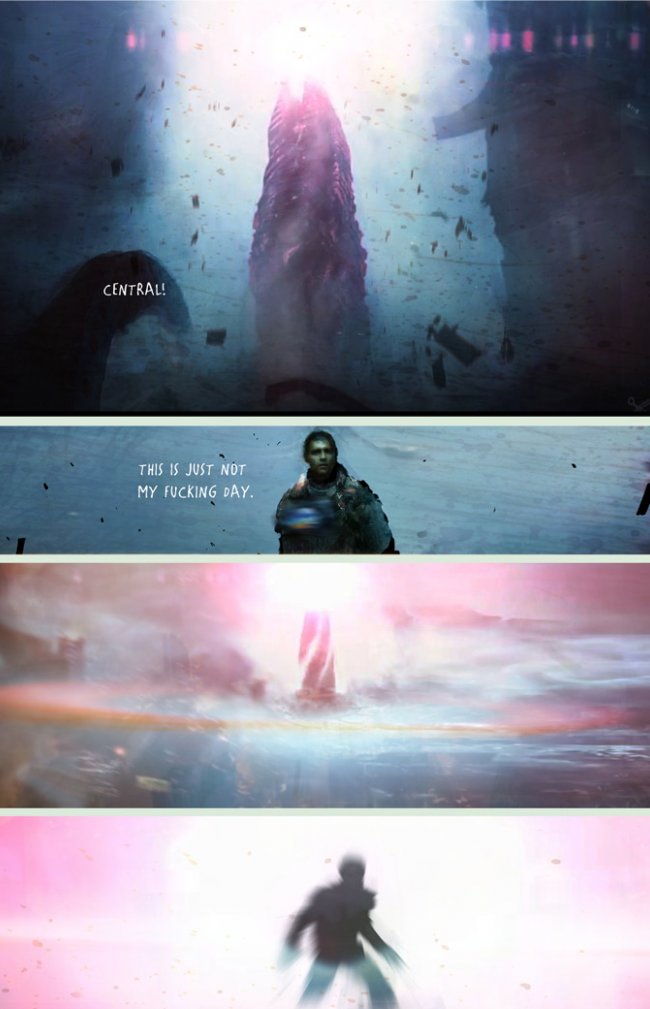
Let's get the obvious question out of the way first: how'd you get involved in the project?
Steve White, the editor at Titan Books, got in touch out of the blue one day and asked me if it was something I'd be interested in working on.
I've known Steve for a long time and he knows that I've worked on plethora of licensed material for games, films and television over the years, so I'm used to the constraints that come with that kind of thing. You get to play with someone else's cool toys but they often come with their own, unique sets of rules! That said, it was too good an opportunity to miss!
Were you familiar with the source material beforehand?
I'd played the first game, read the graphic novels and watched the animated movies, but I hadn't had chance to catch up with the second game. Fortunately my oldest daughter's boyfriend is a die-hard gamer, so as soon as I knew for certain that I'd got the job, he gave me a crash course catch-up session. The best part was explaining to my wife that the weekend spent in front of the TV playing the game non-stop was really for reference! I don't think she was convinced.
Liberation is set as a prequel to Dead Space 3: at what juncture did you come on board during the game's development?
I think it was pretty late in the day but that was no bad thing. A lot of the development work had already been done, which was helpful because it meant fewer potential changes later on. I remember working on one project for a company that got several millions into development and a graphic novel almost completed before they decided it wasn't working and pulled the plug on the whole thing!
What challenges did you encounter crafting a prequel that ties into events of the third game to make sure everything synced?
Because a good deal of the development work had been finalised,
we knew where we had to go with the graphic novel. I was given a detailed outline of all the back-story and certain plot points that had to be hit along the way, as they'd be picked up later on in the game. It might sound a little constraining but it wasn't. There was plenty of room for the character development and to come up with some great set-pieces.
How do you deal with writing character arcs the conclusions of which perhaps are dealt with during the game's story?
The story in the book does have a definite, beginning, middle and end. There are plot threads that feed into the game but the book is a stand alone experience, it works on it own. Hopefully it'll whet your appetite for the game.

How different are the horrors encountered in Dead Space to your previous works on franchises such as Aliens and Terminator?
Dead Space has a very strongly defined look and feel that sets it apart from those other franchises. Sure, it's survivalist horror, you're running around in the dark, with something tall, dark and gruesome, potentially lurking around every corner but there's also much more to it than that. In fact, I'd go so far to say that the Dead Space back-story is much more detailed and expansive than those other franchises.
When I was putting in the research for the book, I was given a ton of ancillary material that filled in a lot of background on things that you only might glimpse in passing in the game. A lot of world-building has gone on behind-the-scenes.
How'd your partnership work with artist Christopher Shy in creating Liberation?
Because time was very much of the essence, I didn't write the story full-script - that is panel directions and dialogue - like a film script. Instead I wrote it plot and script, what's often called the Marvel style, as it's how Marvel Comics legend Stan Lee was able to work on a number of comic books series simultaneously.
Basically, I'd plot the whole story out first, breaking it down into scenes. Christopher would then go and do his stuff, after which I'd work the dialogue exchanges, etc onto the artwork. Normally I like to script quite tightly but in this instance I wanted to give Christopher as much shoulder room as I could in order for him to cut loose. I say ‘we' a lot because this was a definitely a collaborative process between Christopher and myself.
We talked quite bit, throwing ideas around about how best to make a scene work. We'd move scenes around or trim a page from one section to give us more room to play with in an action sequence. Given how tight the actual deadline was, it all worked out remarkable well, although I'd be lying if I didn't say I had a few sleepless nights along the way!
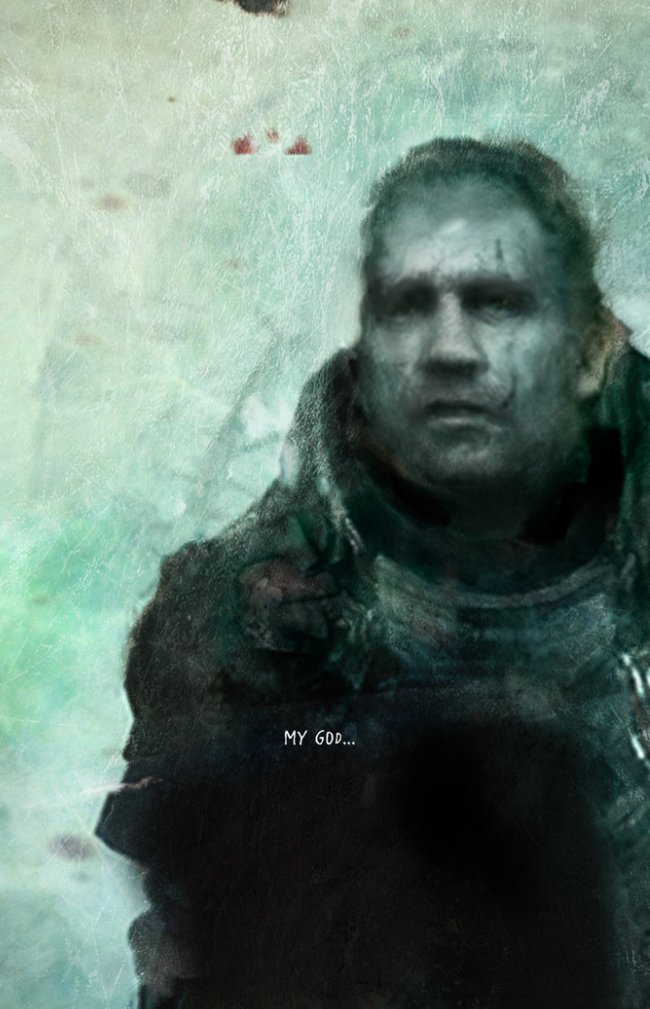
Did you have creative freedom or did the game publisher have specific points they wanted you to touch upon?
There were plot points that had to be covered and marks that had to be hit, but how we got there and how we chose to fill in the gaps in between, was up to us.
With the graphic over, what next for you? Are there any other video game franchises you'd want to tackle?
I'm in steampunk mode at the moment, I'm writing a new series of Stickleback and Brass Sun for 2000 AD. I'm also working on a new series for a major publisher right now but it's all a bit hush-hush! Game-wise, I'd love to do more Dead Space, Bioshock...and maybe Dead Island!

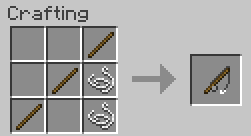
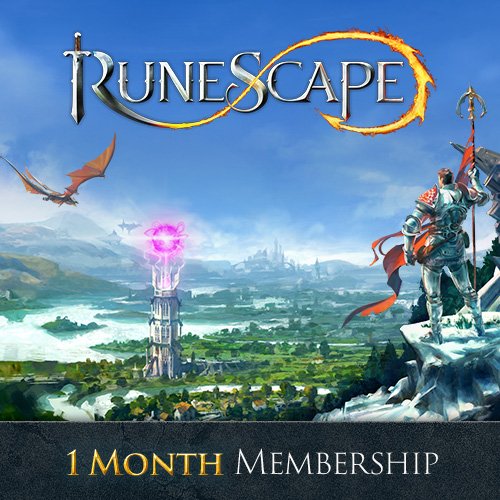

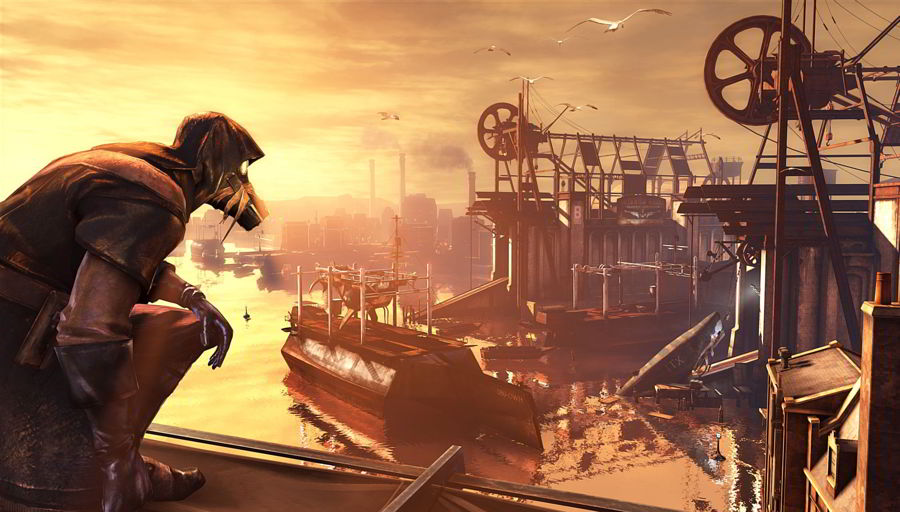 Dishonored Guide: The Hound Pits Pub
Dishonored Guide: The Hound Pits Pub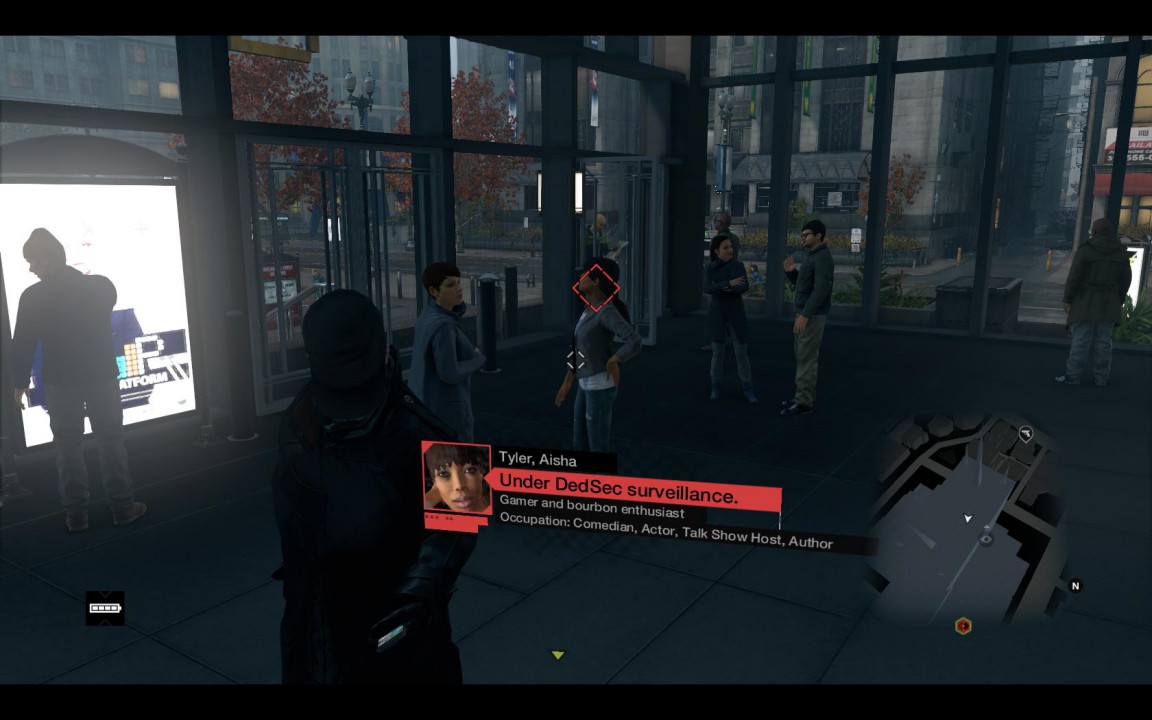 Watch Dogs: Someone’s Knocking – hotspot puzzle, trace hacker
Watch Dogs: Someone’s Knocking – hotspot puzzle, trace hacker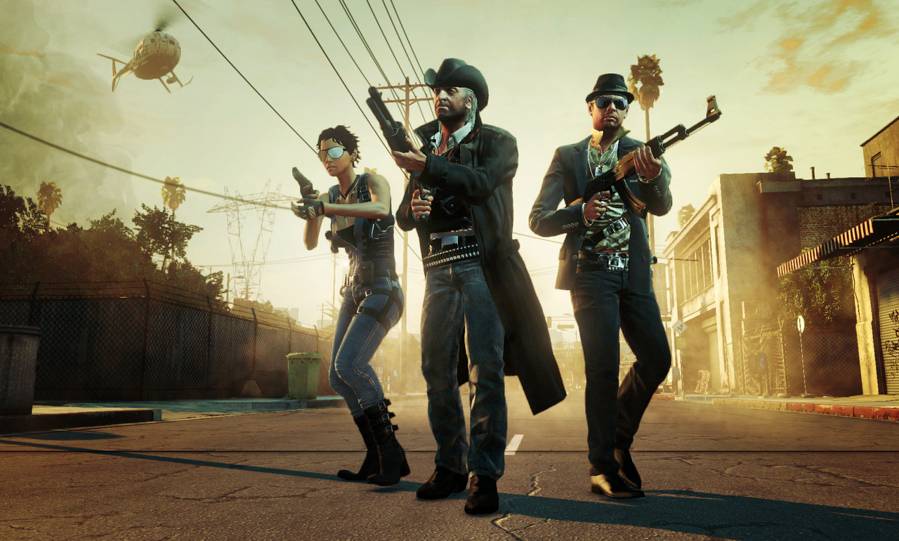 Call Of Juarez The Cartel Special Item Location Chapter 3
Call Of Juarez The Cartel Special Item Location Chapter 3 iTunes 10 & Ping Impressions
iTunes 10 & Ping Impressions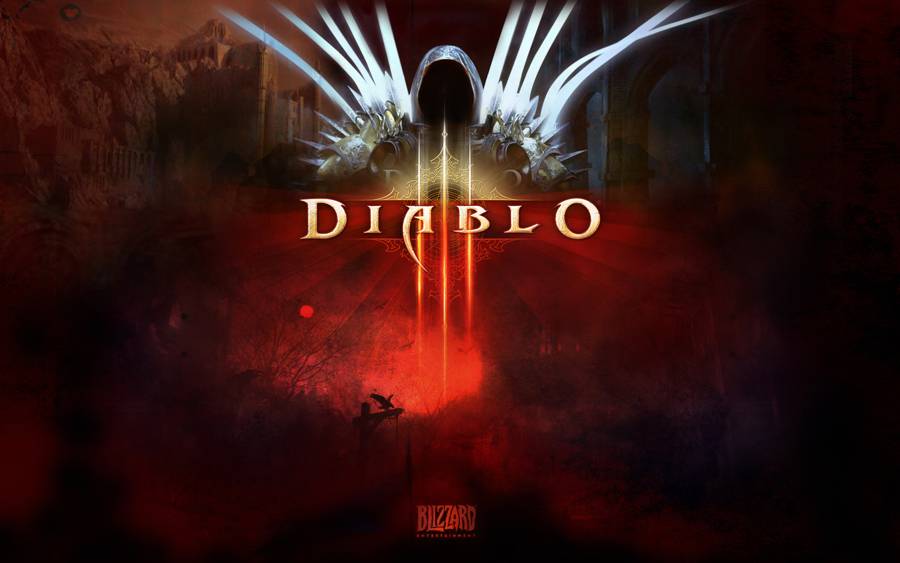 Diablo 3 Beating The Butcher
Diablo 3 Beating The Butcher